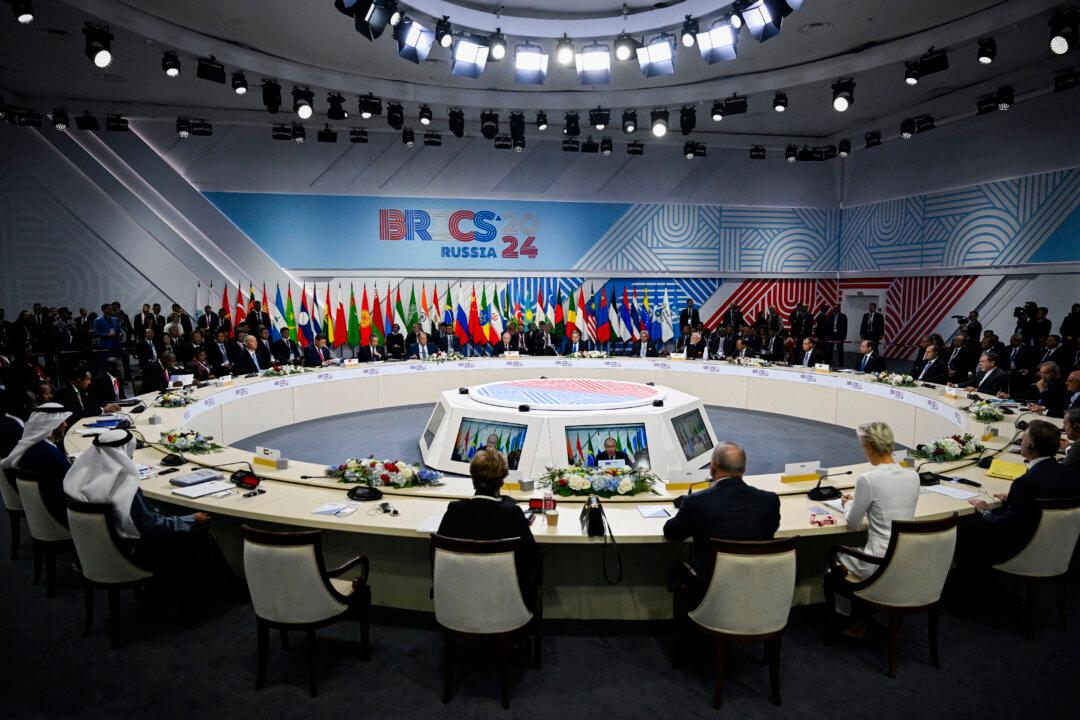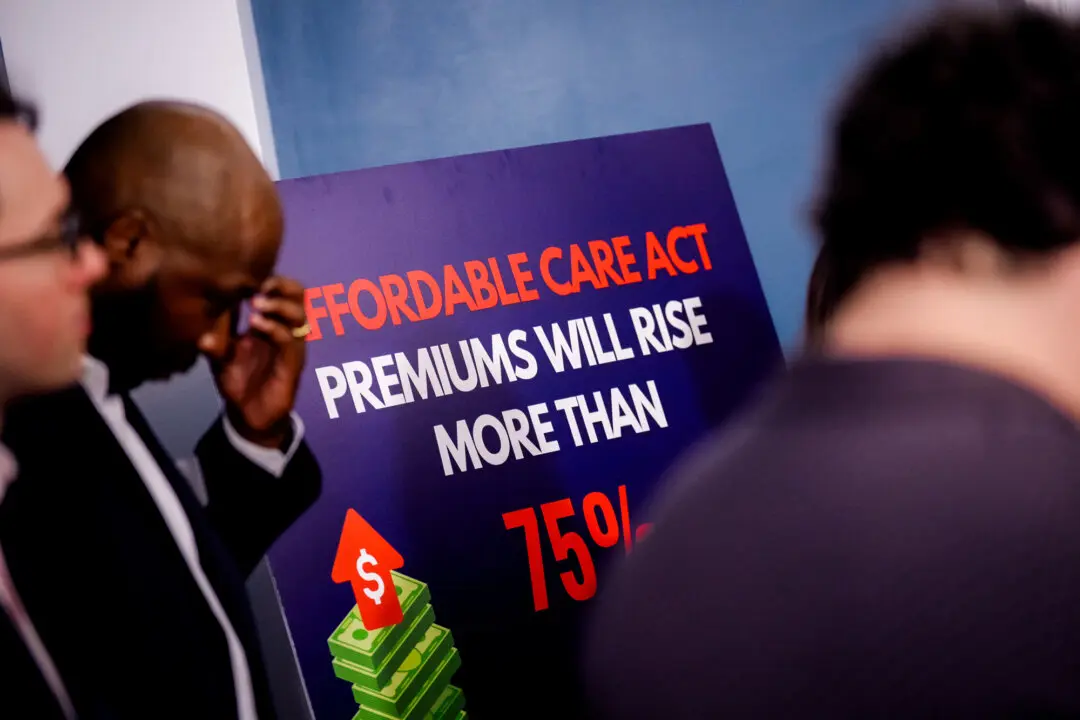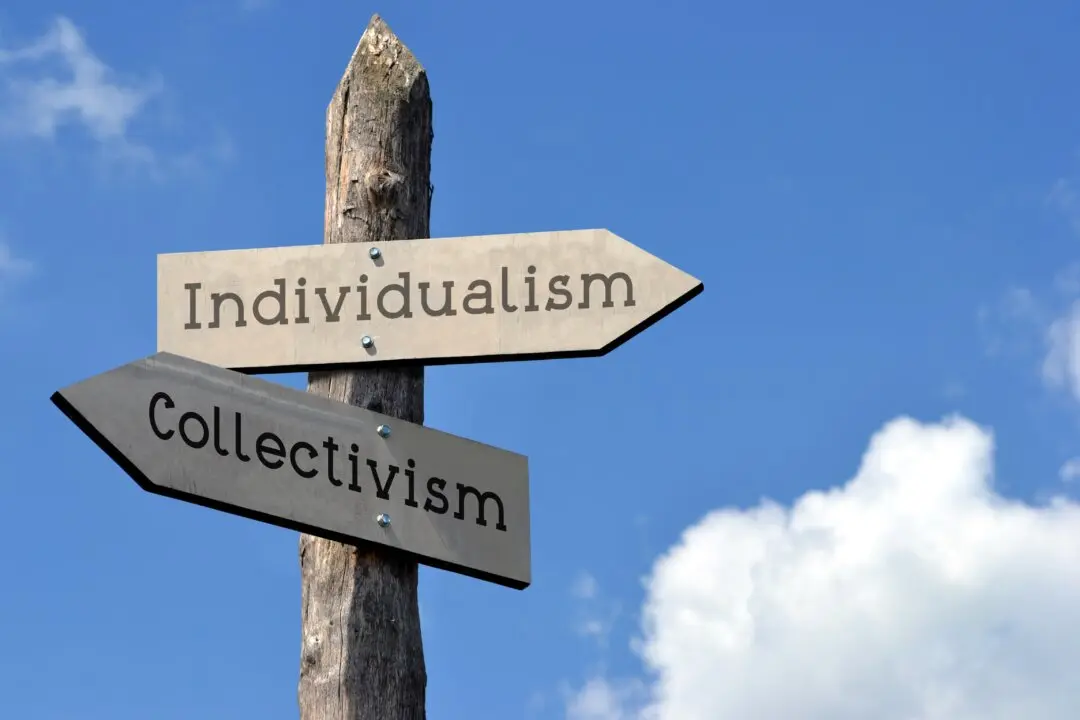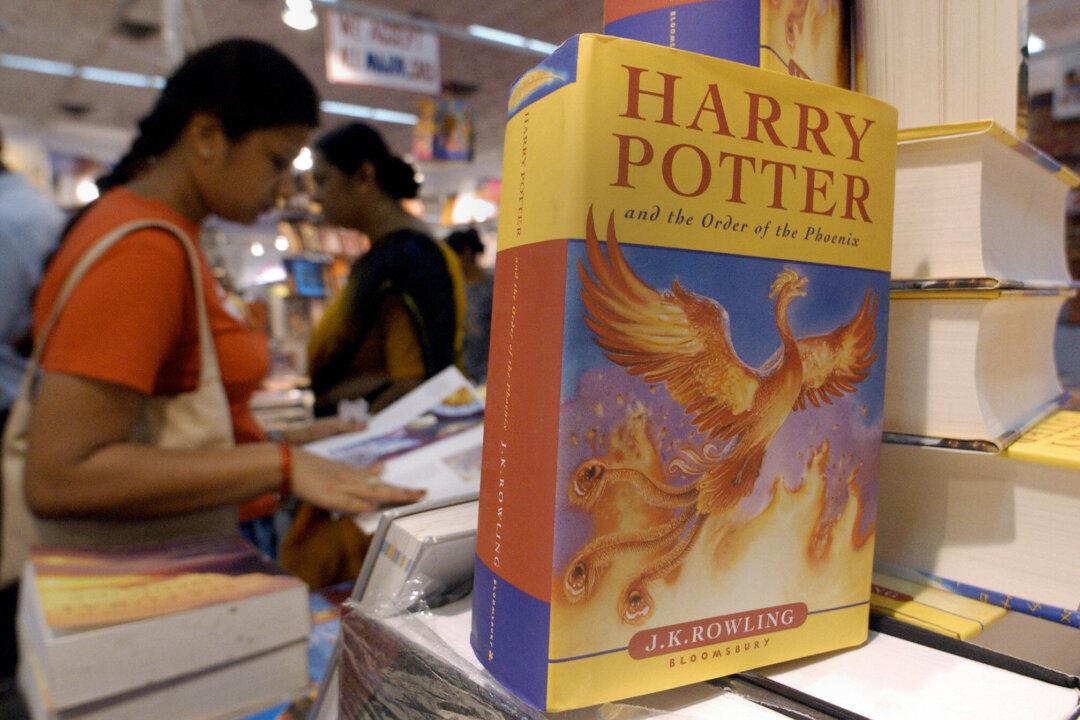Commentary
The 16th summit of BRICS (Brazil, Russia, India, China, and South Africa) just concluded. The meeting produced a 32-page declaration stuffed full of unobjectionable language about human rights, justice, freedom, equality, access, fairness, and every other word in the dictionary of vagaries readily at hand for every political committee.





